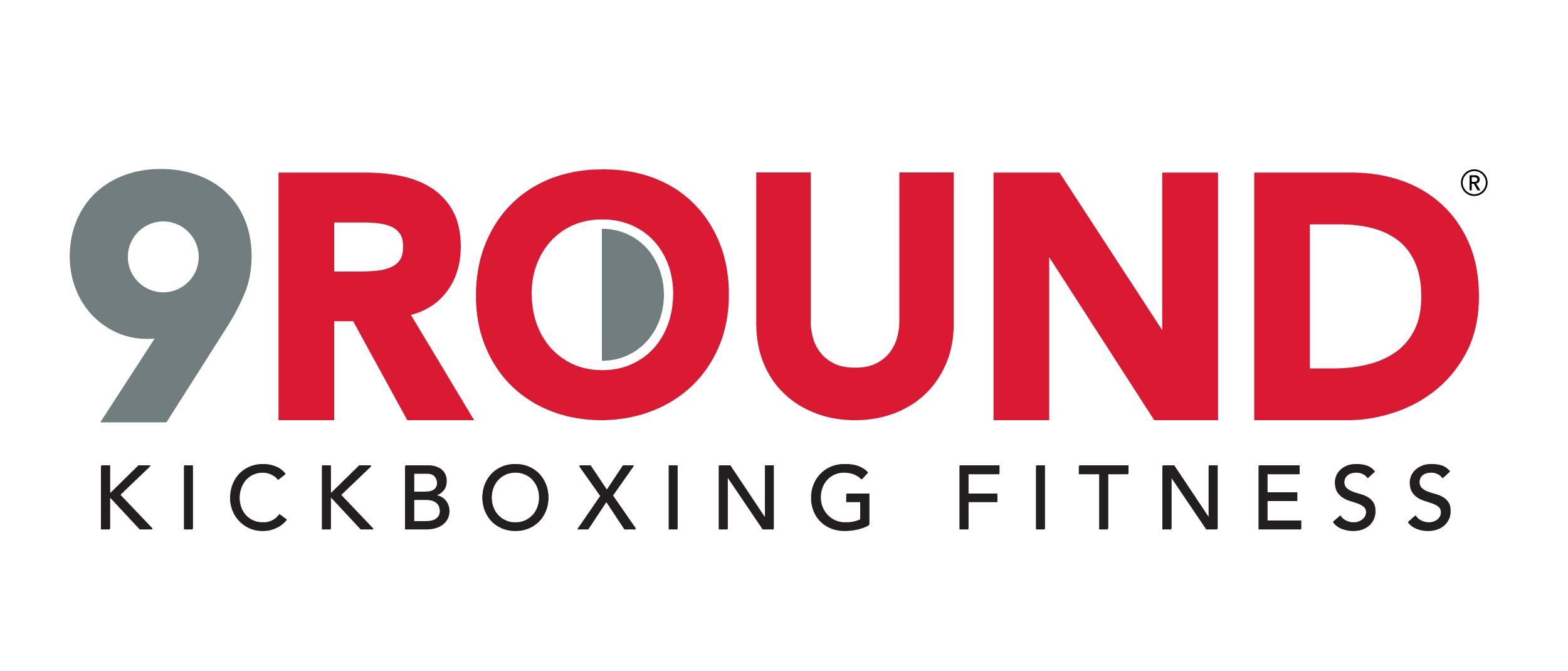Don't you hate it when you have that specific, nagging spot in your muscle you just cannot get to...
Effective Tips to Reduce DOMS After Exercise
Learn effective tips to reduce DOMS (Delayed Onset Muscle Soreness) after exercising, so you can recover faster and get back to your active lifestyle.
Why is DOMS a Problem?
DOMS, or Delayed Onset Muscle Soreness, can occur after exercising. It is the pain and discomfort you feel in your muscles a day or two after a tough workout. DOMS can make it difficult to move and can affect your daily activities. That's why it's important to know how to reduce DOMS and recover faster!
When you exercise, your muscles go through microscopic damage and inflammation. This is a normal part of the muscle-building process, but it can lead to soreness and stiffness. DOMS usually peaks around 24 to 48 hours after exercise and can last up to a week. But don't worry, there are effective ways to minimize DOMS and get back to feeling great!
1. Take a Cold Shower
One effective way to reduce DOMS is by taking a cold shower after your workout. Cold showers can help reduce inflammation and soothe sore muscles. The cold water constricts blood vessels, which helps to decrease swelling and flush out waste products from your muscles. It may feel a little chilly at first, but the benefits are worth it!
To take a cold shower, simply turn the water temperature to the coolest setting you can handle. Stand under the water for a few minutes, allowing it to reach all areas of your body. You can also try alternating between hot and cold water to further stimulate blood flow and promote muscle recovery. Just be sure to end with a cold shower to reap the full benefits!
2. Try Foam Rolling
Another helpful tip to reduce DOMS is to try foam rolling. Foam rolling is a form of self-massage that can help release tension and tightness in your muscles. It works by applying pressure to specific areas of your body using a foam roller.
To foam roll, simply place the foam roller on the ground and position the targeted muscle area on top of it. Apply gentle pressure and roll back and forth, focusing on any areas that feel tight or sore. This can help break up knots and adhesions, improve blood circulation, and speed up muscle recovery. Just remember to take it slow and listen to your body!
3. Rehydrate with Water
Staying hydrated is essential for reducing DOMS and promoting overall muscle recovery. When you exercise, you lose water through sweat, and dehydration can make your muscles more prone to soreness and cramps. That's why it's important to rehydrate with water before, during, and after your workout.
Drinking enough water helps flush out toxins from your muscles, keeps your joints lubricated, and aids in nutrient absorption. Aim to drink at least 8 glasses of water throughout the day, and even more if you're exercising intensely or in hot weather. Remember, water is your body's best friend!
4. Get Enough Sleep
Getting enough sleep is crucial for muscle recovery and reducing DOMS. When you sleep, your body repairs and rebuilds muscles, allowing them to heal and grow stronger. Lack of sleep can disrupt this process and prolong the recovery time.
Make sure to prioritize 8 to 10 hours of quality sleep each night. Create a relaxing bedtime routine, avoid electronic devices before bed, and keep your bedroom dark and quiet. By giving your body the rest it needs, you'll wake up feeling refreshed and ready to tackle the day!
5. Eat a Balanced Diet
Eating a balanced diet is essential for reducing DOMS and supporting muscle recovery. Your muscles need proper nutrients to repair and grow stronger after exercise. Make sure to include a variety of fruits, vegetables, lean proteins, whole grains, and healthy fats in your meals.
Protein is especially important for muscle recovery, so incorporate sources like chicken, fish, beans, and nuts into your diet. Additionally, foods rich in antioxidants, such as berries and leafy greens, can help reduce inflammation and promote healing. Stay away from sugary snacks and processed foods, as they can increase inflammation and hinder recovery. Remember, you are what you eat!




